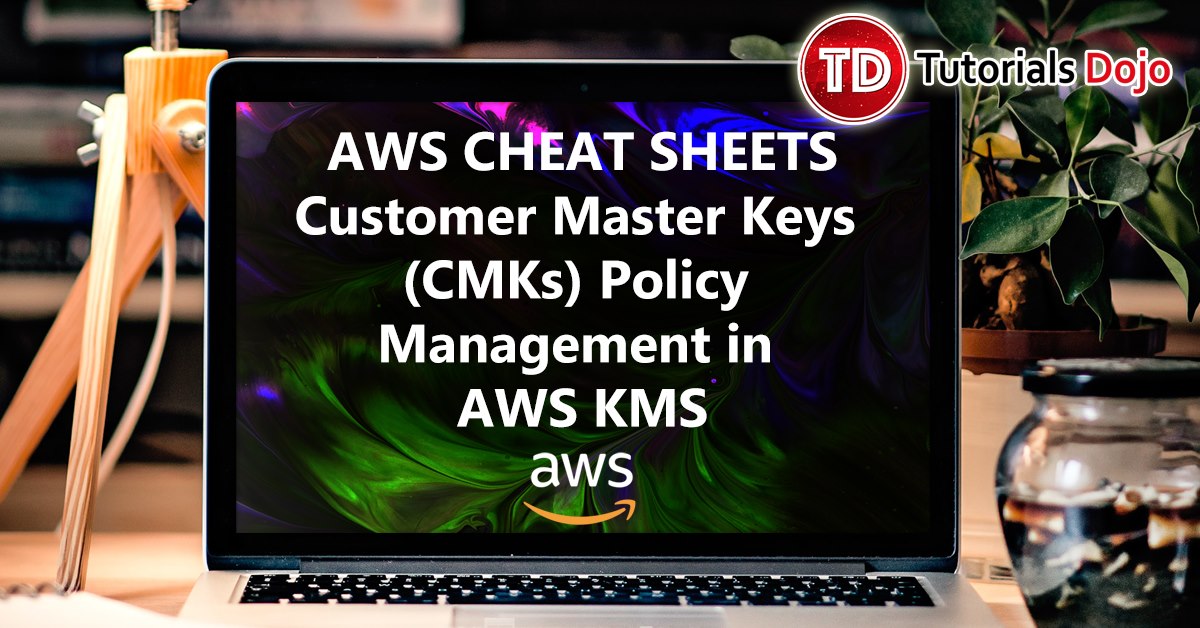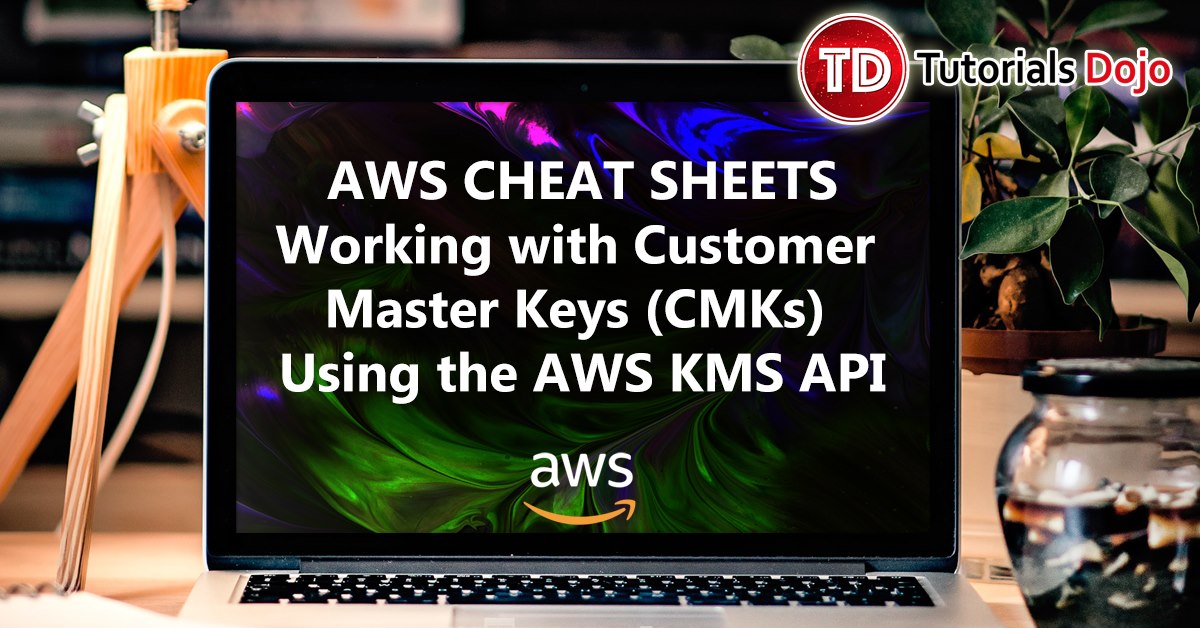Increasing MTU for Your EC2 Instance
Jon Bonso2023-06-05T02:27:26+00:00What is MTU? MTU (maximum transmission unit) is the maximum size of one packet of data that can be transferred in a network. The default MTU size for Ethernet devices is 1500 bytes. This packet size contains the actual payload data as well as network overhead information needed for communication within the network. All AWS EC2 instances support the default MTU size. But many current instance sizes support 9001 MTU, also referred to as jumbo frames. Enabling jumbo frames for supported EC2 instances can be beneficial because it improves network efficiency by allowing your instance to send fewer packets with [...]











